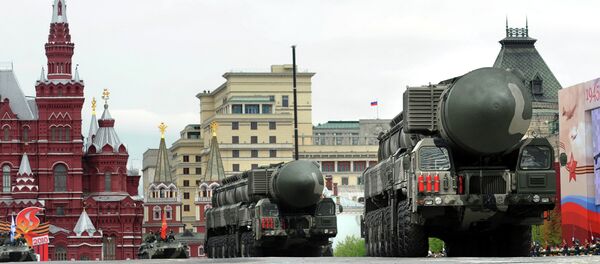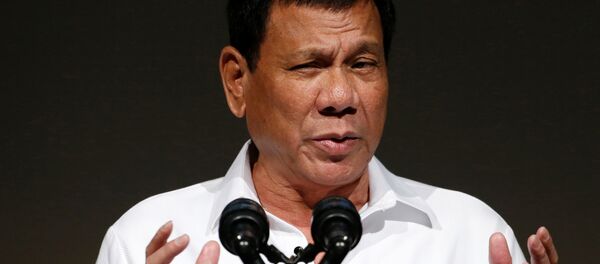According to the Stockholm International Peace Research Institute’s (SIPRI) World Military Expenditure Report, in 2016 global weapons expenditures totaled about $1.68 trillion, a 0.4-percent increase over 2015.
The spending spike owes everything to major military powers like Russia, the US and China.
Of the 15 nations that spent the most on arms in 2016, the US far outspent its counterparts at a staggering $611 billion, a 1.7-percent increase from the previous year. China saw a 5.4-percent increase, with $215 billion spent on defense, and Russia spent $69.2 billion, a 5.9-percent increase.
Political scientist Marius Bales from Germany’s Bonn International Center for Conversion (BICC) said these numbers reflect the trend of nations depending more on military muscle to settle conflict, rather than statesmanship.
He told Deutsche Welle, "Today, unlike a decade ago, actors are not relying on diplomacy and international institutions. Instead, individual countries are investing in arms to protect themselves."
Bales added that an increasingly tense international political climate adds to this drive to acquire arms, with wars in the Middle East, tensions in the South China Sea and other conflicts, coupled with diminishing trust in the efficacy of international organizations like the United Nations.
Evaluating the Asia-Pacific region, the report reads, "There are many ongoing tensions in the region: in the Korean Peninsula, between North Korea and South Korea; between China and Japan, over claims in the East China Sea; between China and several Southeast Asian countries, over claims in the South China Sea; between India and Pakistan; and between India and China.
"Such tensions help governments to continue to justify the need to modernize their military capabilities, and to drive military spending upwards. On the other hand, economic growth in the region has generally continued, even if sometimes at a lower rate than in previous years, which makes it possible to increase military spending without increasing the military burden on the economy (i.e. its percentage of the GDP). Almost all the countries in the region have kept their military spending as a percentage of GDP at the same level since 2012."
On the flip side, countries like Saudi Arabia, which usually have large military budgets, scaled back defense spending as dropping oil prices caused a shrinking of national coffers.
Oil prices also prompted Venezuela to lower its defense spending by 56 percent. South Sudan saw a 54-percent drop and Azerbaijan decreased its military spending by 36 percent.
Despite ongoing battles with Daesh, Iraq actually cut 36 percent of its military spending last year.







